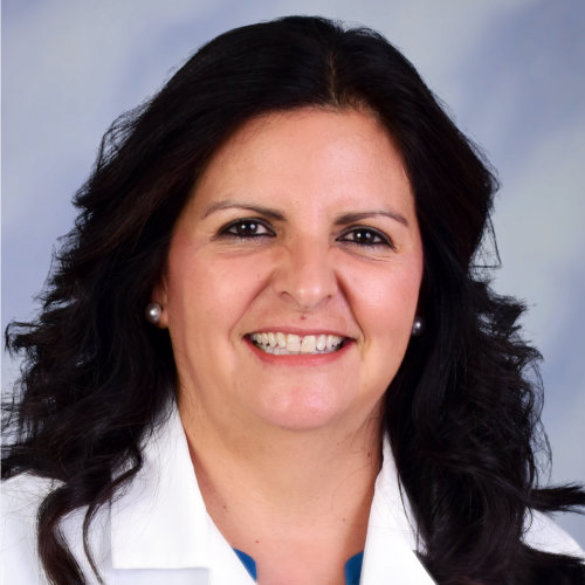High blood pressure accounts for the second largest number of preventable heart disease and stroke deaths, second only to smoking.
More and more people will be diagnosed with high blood pressure this year, and that’s a good thing. That’s because you can’t fight high blood pressure until you know you have it.
“High” blood pressure used to be measured at 140/90 or higher. But a change in guidelines by the American Heart Association and the American College of Cardiology lowered the top number from 140 to 130. So now, rather than one in three U.S. adults having high blood pressure (32 percent), the new guidelines will result in nearly half of the U.S. adult population (46 percent) having high blood pressure, or hypertension.
If these new guidelines and numbers worry you, there are a number of things you can do to reduce your risk. They include:
- Getting enough physical activity
- Eating a healthy diet that is low in sodium
- Losing weight if you are overweight or obese
- Getting a good night's sleep
- Lowering your cholesterol, intake of alcohol and stress
- Quitting smoking
- Keeping diabetes in check
The new guidelines also stress the importance of using proper techniques to measure blood pressure. Blood pressure levels should be based on an average of two to three readings on at least two different occasions. And, if your blood pressure registers as high on the first measurement, it is very important that your physician or his assistant be sure to re-measure it before you leave the clinic, to see if it has settled down.
Hypertension can also cause organ damage if it is not treated and controlled, leading to congestive heart failure, chronic kidney disease, stroke and coronary artery disease.
Those with high blood pressure often don't experience symptoms. That's why it's called the “silent killer,” because most people report feeling fine, even if they have high blood pressure.
How do you know if you are at risk?
Family history plays a part. If your parents or other close blood relatives have high blood pressure, there’s an increased chance that you’ll get it too.
Age plays a role, too. The older you are, the more likely you are to get high blood pressure. As we age, our blood vessels gradually lose some of their elastic quality, which can contribute to increased blood pressure. However, children can also develop high blood pressure.
Men, up to age 64, are more likely to get high blood pressure than women. That changes when people hit age 65; that’s when women are more likely to be diagnosed with high blood pressure.
African-Americans tend to develop high blood pressure more often than people of any other racial background in the United States. It also tends to be more severe, and some medications are less effective.
For more information about high blood pressure and the new guidelines, visit MayoClinic.org and Heart.org.



































